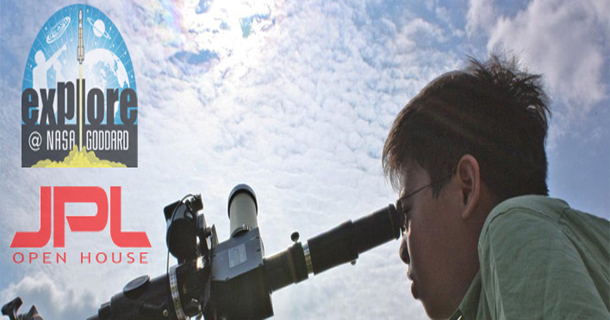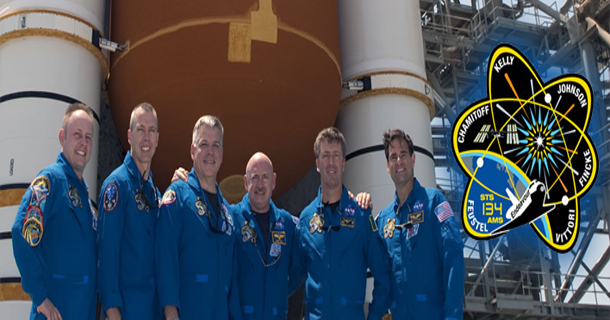Magnetic fields play important role in birth of massive stars

In a new research, astronomers have used the MERLIN radio telescope network cantered on the Jodrell Bank Observatory to show that magnetic fields play an important role during the birth of massive stars. Magnetic fields are already known to strongly influence the formation of lower-mass stars like our Sun.
This new study reveals that the way in which high-mass and low-mass stars form may be more similar than previously suspected. Massive stars, more than 8 times the mass of the Sun, are crucial to the formation of other stars, planets and even life. Though rare, they dominate the content and evolution of the interstellar material in the Galaxy and are responsible for the production of heavy elements such as iron. However, the question of how massive stars are formed has proved extremely difficult to answer. The role of magnetic fields in particular has been a topic of great debate. “While magnetic fields have been observed in the clouds of molecular hydrogen from which stars form, observations close to massive stars have up to now been in short supply,” said Dr. Wouter Vlemmings at Bonn University, who led the research. “If the formation of massive stars is similar to their lighter counterparts, we should be able to detect the strong magnetic fields needed to both produce the jets and stabilize the disks associated with them,” he added.
For the first time, Vlemmings and his collaborators have managed to observe the 3-dimensional magnetic field structure around the disk of the massive newly forming star (or protostar) Cepheus A HW2. In their new observations, the astronomers have found that the magnetic field is surprisingly regular and strong, implying that it is controlling how the matter is transferred through the disk to feed the growing embryonic star.
To determine the magnetic field structure, the researchers used the MERLIN telescope array to observe radio waves (with a wavelength of approximately 5 cm) that are amplified by methanol molecules. These methanol molecules, the simplest of the alcohol compounds, are found in regions surrounding the massive disk around HW2, which extend over a region 10 times the size of our Solar System. Such regions are called masers, because they amplify microwave radiation in the same way a laser amplifies light radiation. Even though a strong magnetic field produces only a very weak signature in the signal from the methanol molecules, this amplification is strong enough to make the new work possible.





 3:35 AM
3:35 AM
 Nasa Information
, Posted in
Nasa Information
, Posted in

